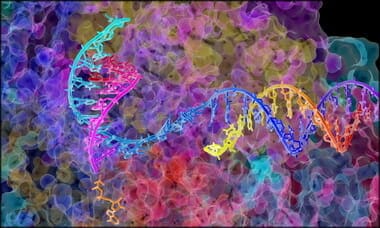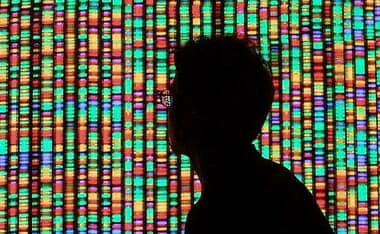OTHER EVIDENCES TO CONSIDER
Not Enough Time
It’s even in the title of Charles Darwin’s most popular book, On the Origin of Species By Means of Natural Selection. But what Darwin didn’t know then was that natural selection can’t create brand-new genetic information. It’s never been observed to do this. In the case of the bacterium we looked at, it either LOST information or gained already existing information. Nothing brand-new was created! So, if natural selection can never create the brand-new information that evolution needs, how can it be considered the driving force of evolution? Just one more scientific reason that you shouldn’t believe in molecules-to-man evolution. It takes a LOT of faith.
Proof that God (a non-random process) exists and random chance evolutionary processes do not explain our origins.
Stephen C. Meyer appearing in Darwin’s Dilemma talks about Richard Dawkins’s “climbing Mt. Improbable.”
Biologist Ann Gauger discusses the challenge posed to Darwinian natural selection by the process of metamorphosis found in butterflies and other creatures. Gauger is featured in the science documentary “Metamorphosis,” which deals with butterflies, evolution, and intelligent design.


